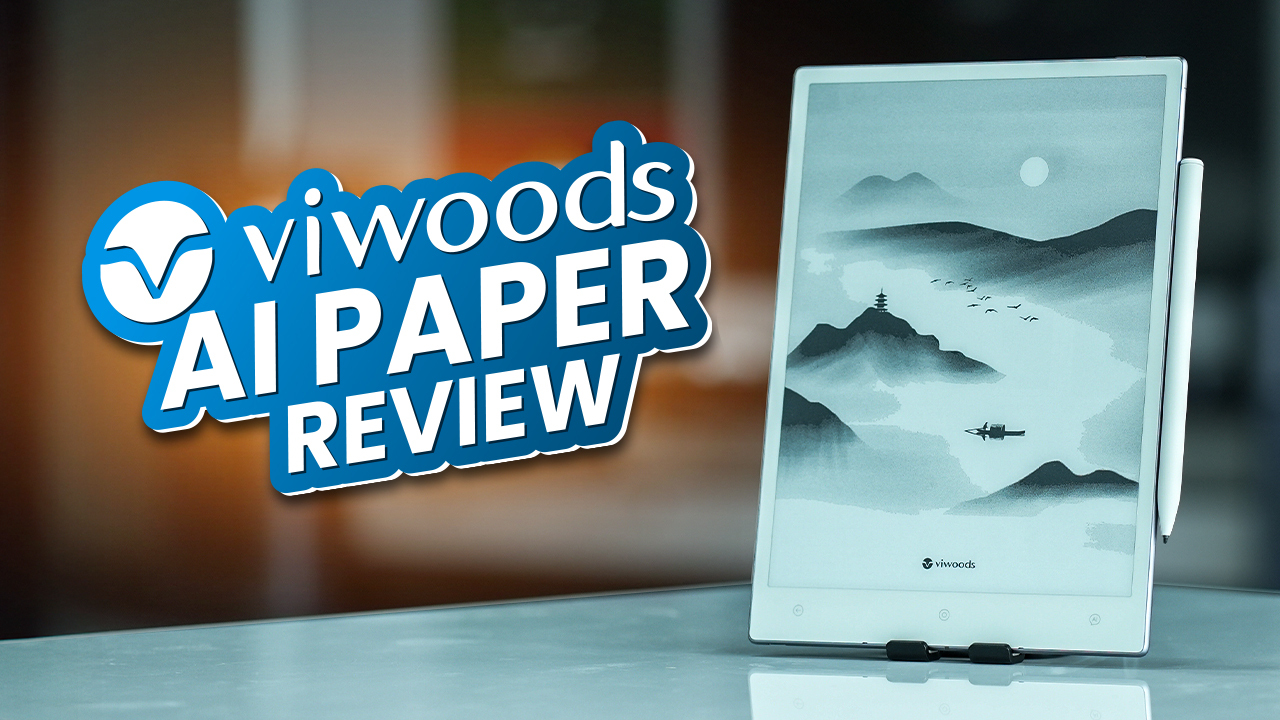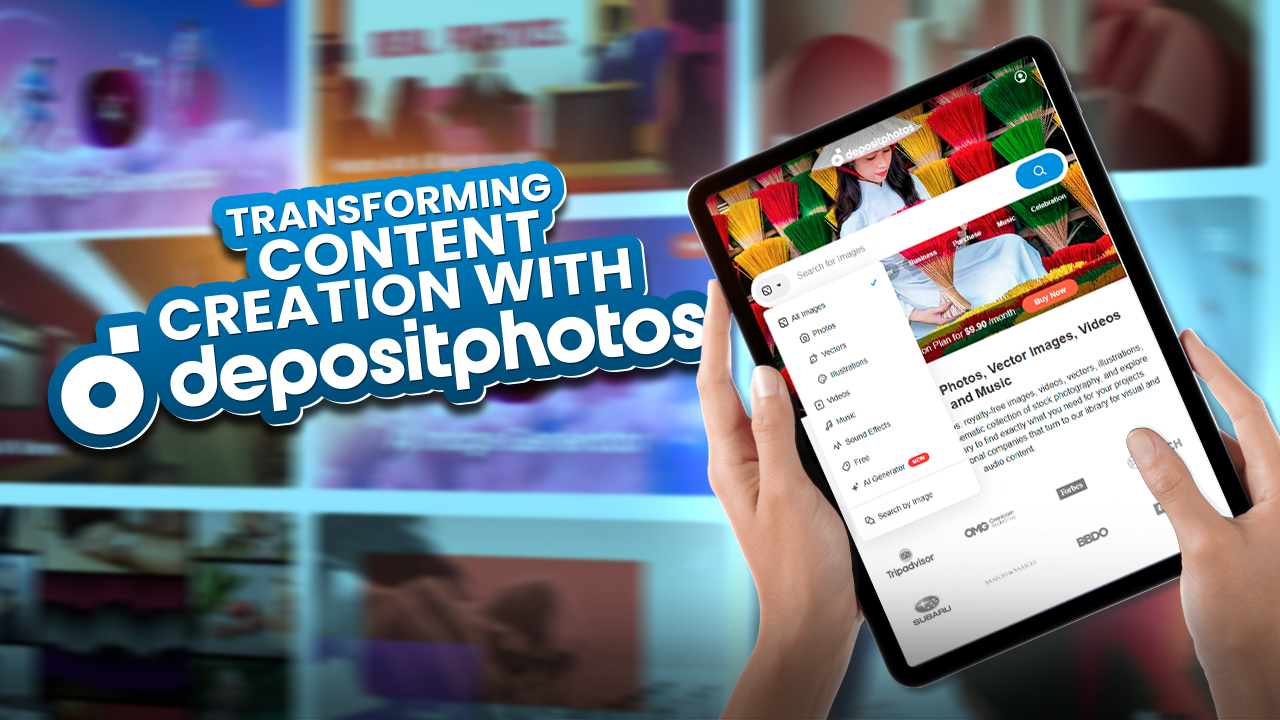When we talk about Sony, it’s immensely difficult to point out its flaws considering they once practically owned the entertainment business and made history with worldwide recognized products like the “PlayStation” and “Walkman”. But as the saying goes, “The bigger they are, the harder they fall”, and Sony’s downfall came with the introduction of digital music, which completely altered the business model for Sony.
The Walkman was introduced to the world back in 1979, and ever since, Sony engraved its name as a leader in terms of music and technology. The walkman had such an impact that the 1980s became known as the “Walkman Decade”. Its immense popularity made the word integrate itself in the Oxford English Dictionary in 1986. Fast forward two years, Sony had the ownership of Columbia Broadcasting System Records Inc. and changed its name to Sony Music Entertainment, which made a significant impact on the entertainment industry.
By 2010, Sony was dominating as one of the key record companies. However, the audio-tech business was having a hard time. Yes, Sony DID has ownership of musically related content and hardware but was struggling to synchronize with its business. 2001 is marked as a grim year in Sony’s calendar, as the launch of the iPod made Sony lose its competitive edge in the Portable Music Player industry. The final nail in the coffin was the arrival of Spotify in 2015, which entirely shifted Sony’s business model.
With the arrival and the ever-rising popularity of digital music players came the need for a platform where users could enjoy music on a subscription basis, or FREE if they can. The FREE service Spotify provides has converted many people from being pirates on the internet, as all the music they ever wanted to hear was there at one place, and best of all, it was free. Moreover, it gave other digital music platforms like Rhapsody a run for their money by charging subscription fees from the customer. With a “Freemium” feature like this, Spotify had 10 million subscribers and a whopping 500k premium users by the end of 2010.
Quite obviously, the future was looking very grim for Sony, but they would NOT give up without a fight. Their fight came in the form of their very own music streaming app called “Music Unlimited” in 2010. Sony thought about how they have ample resources in the music industry, the service would give them a competitive edge. Music Unlimited subscription fee was 10$ a month and provided its subscribers with unlimited listening and the ability to make custom playlists. It could also be accessed through PlayStation Network and had its roots in over 19 countries. Sounds really good, right? Sony now made a move that would cost them greatly in the future, and that was adding exclusivity. Basically, you couldn’t access Music Unlimited without using a Sony device, an idea that crumbled the whole concept of Sony trying to dominate the digital music platform. By 2015, Music Unlimited only had 20,000 subscribers, which was a laughing matter when compared to Spotify.
Now there’s an old saying which goes like “If you can’t beat ‘em, join ‘em!” and that’s exactly what Sony did. In 2015, Sony decided it had enough, and instead of trying to dominate Spotify, they allied themselves with them. This partnership gave birth to “PlayStation Music”, where Spotify would use the PlayStation network to stream music. This partnership acted as the waving of a white flag from Sony, indicating its surrender. Andrew House, who’s the President of Sony Computer Entertainment and head of Sony’s Network entertainment business said
“It became clear that it would be better for [the] unit to concentrate on services we have tremendous expertise in – which were video game consoles rather than music subscription.” With this partnership, unlike Sony, Spotify found themselves a tactical edge where they had the ability to access a brand new market through PSN, which had an incredible 64 million users by 2015.
Sony’s futile attempt at taking back the market with Music Unlimited is a towering example of how an organization, no matter how big and strong they are, could crumble almost instantaneously when there’s a business and operational model disruption in the industry. Imagine having a vast amount of resources, a strong reputation, and hefty assets in the entertainment industry yet failing to synergize with the market. If time-machines were an actual thing, Sony could’ve easily gone back in time and introduced; we dare say, a better alternative for Spotify, iTunes, iPod, etc. However, people tend to learn from their mistakes, and Sony’s missed opportunity to become a global leader in the music industry hopefully made them take notes about what NOT to do in the future. Prediction is the name of the game here, and if Sony can predict the next big step in the industry, there might be a real chance of them getting a hard-comeback. How certain can we be of this comeback? Only time will tell.
Although Sony outshined its competitors worldwide as a tech giant by delivering incredible technology, its fame started to diminish when digital music streaming apps took over the market. So that was how Sony ended up in a downward spiral in the music industry. What do you think of Sony now? Do you think they can come back from this?







